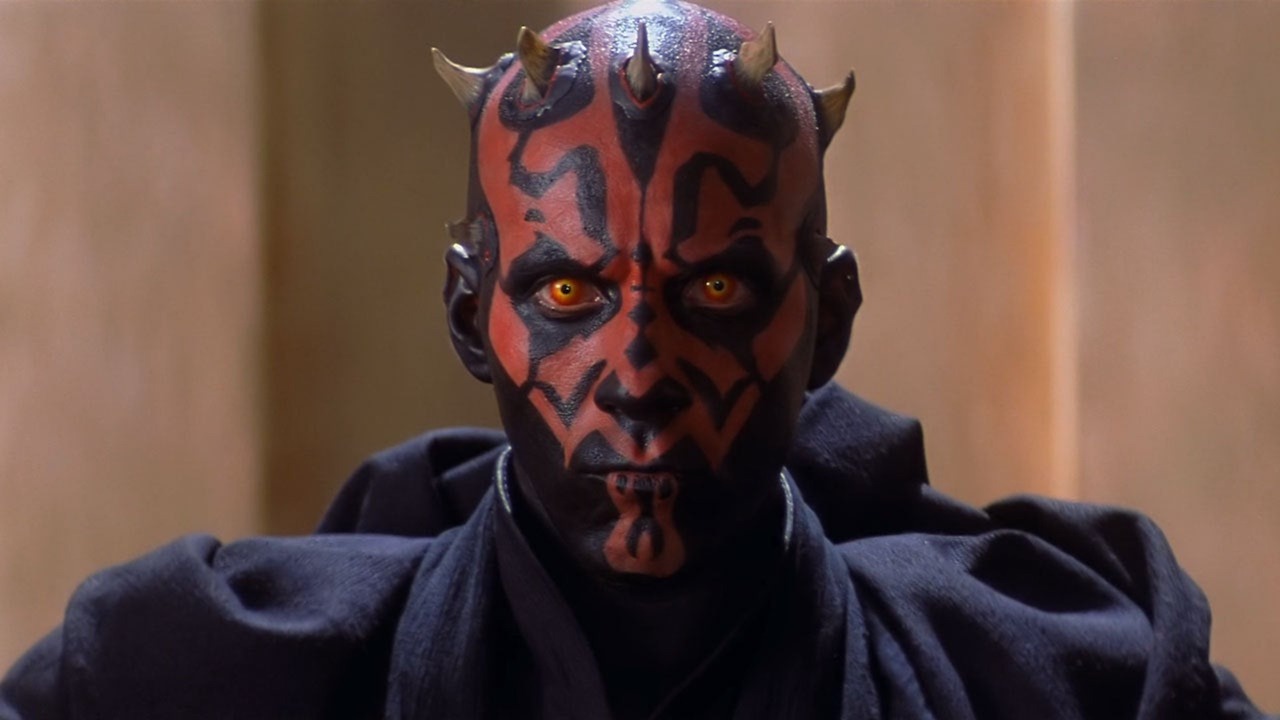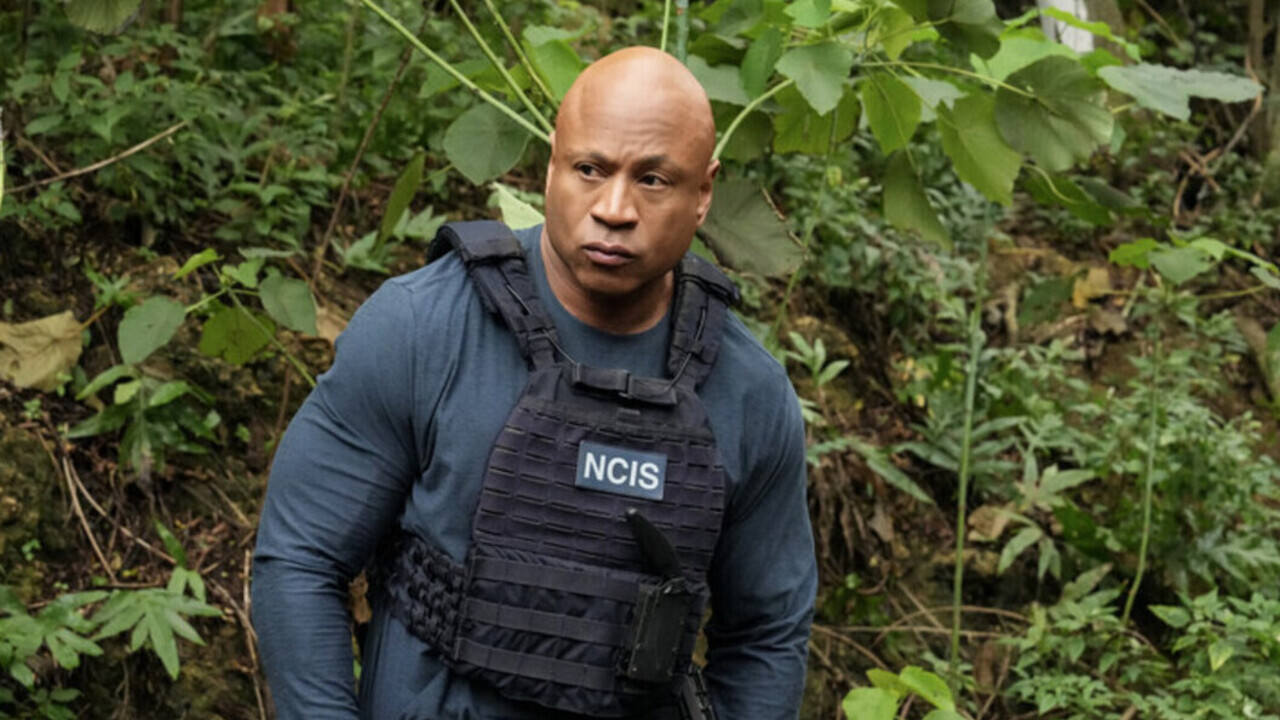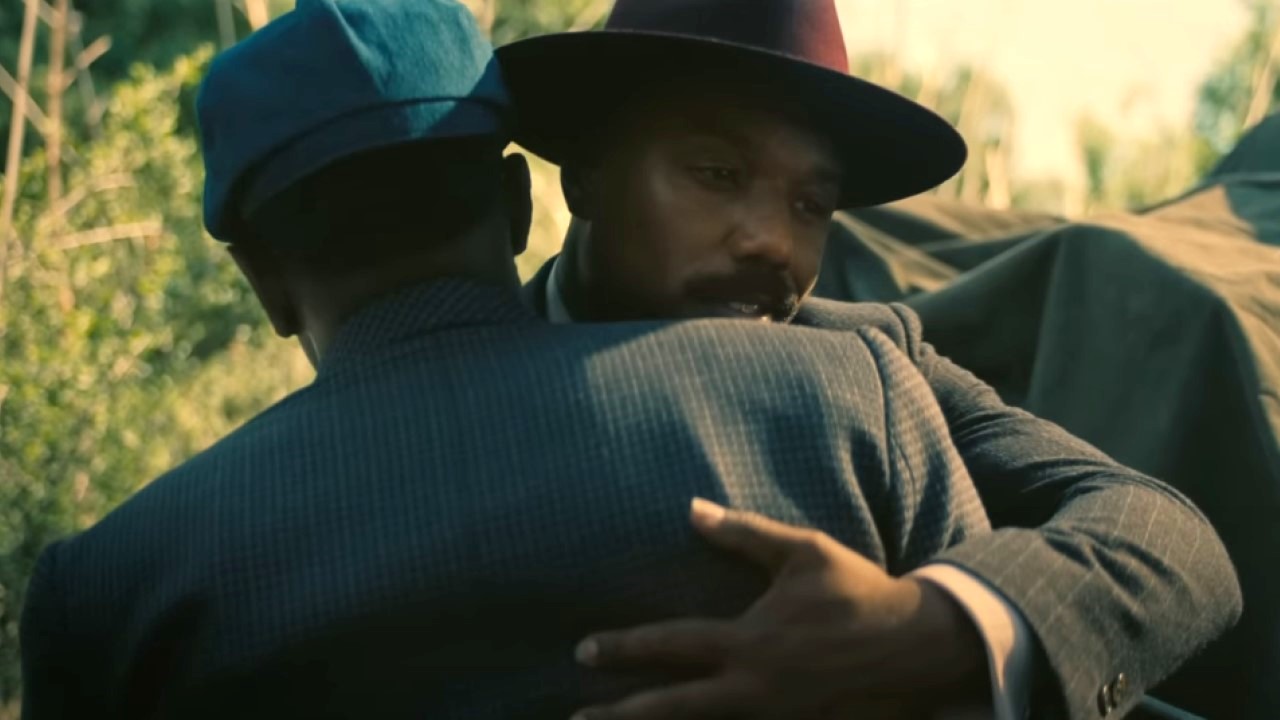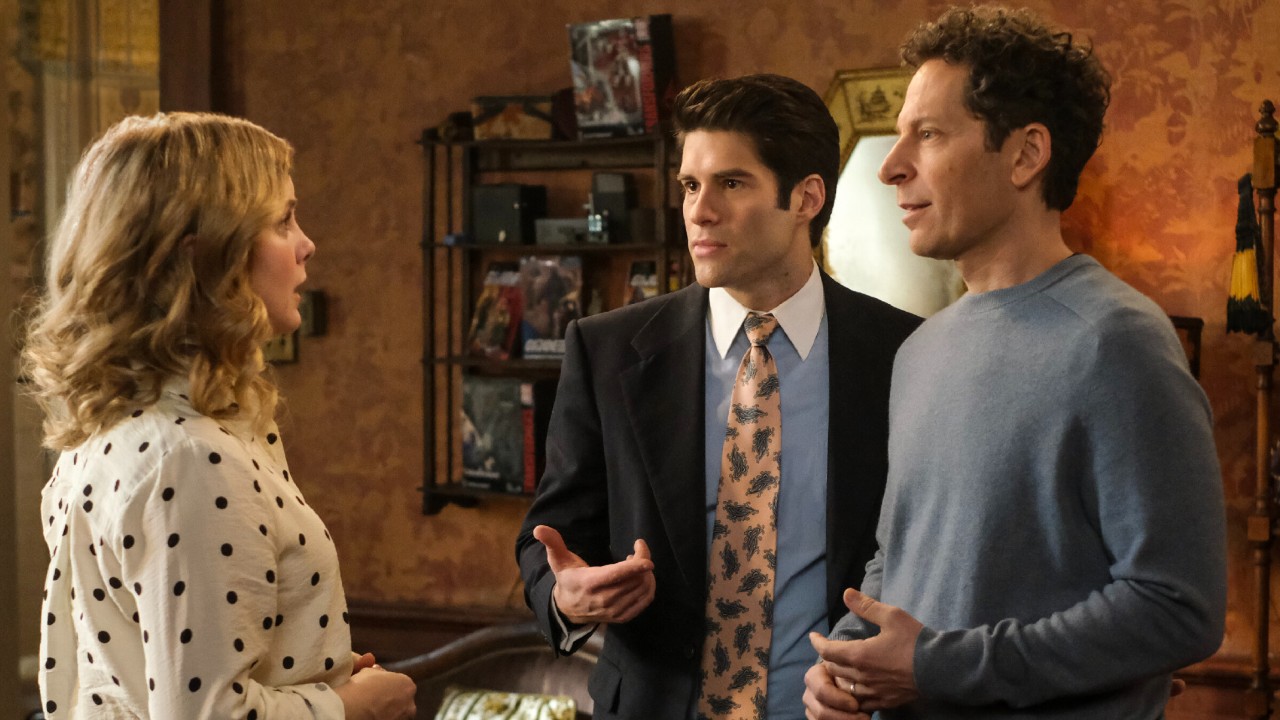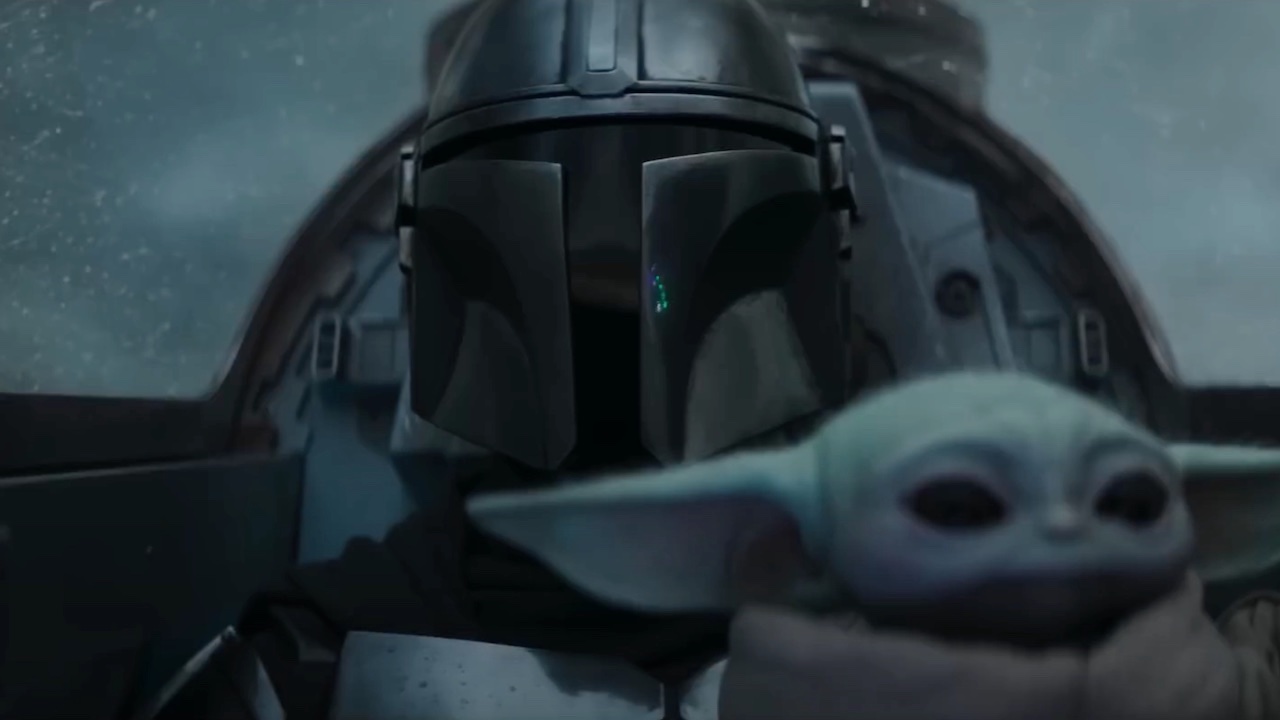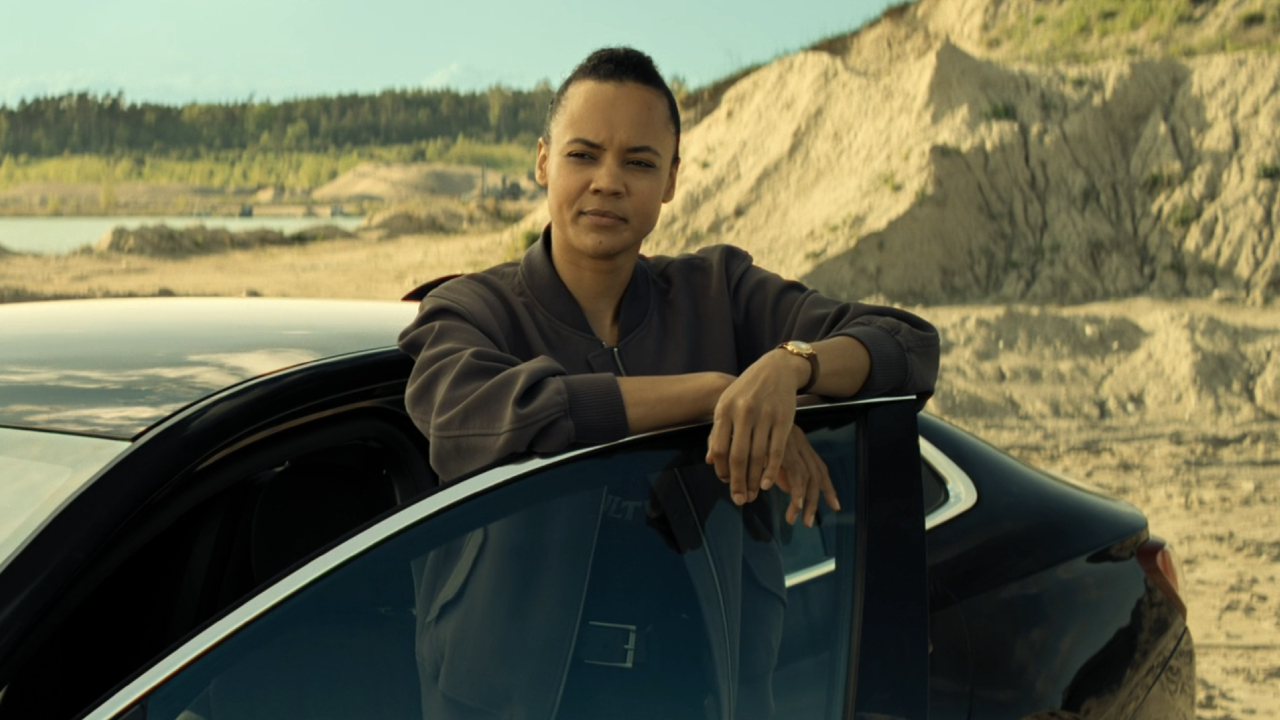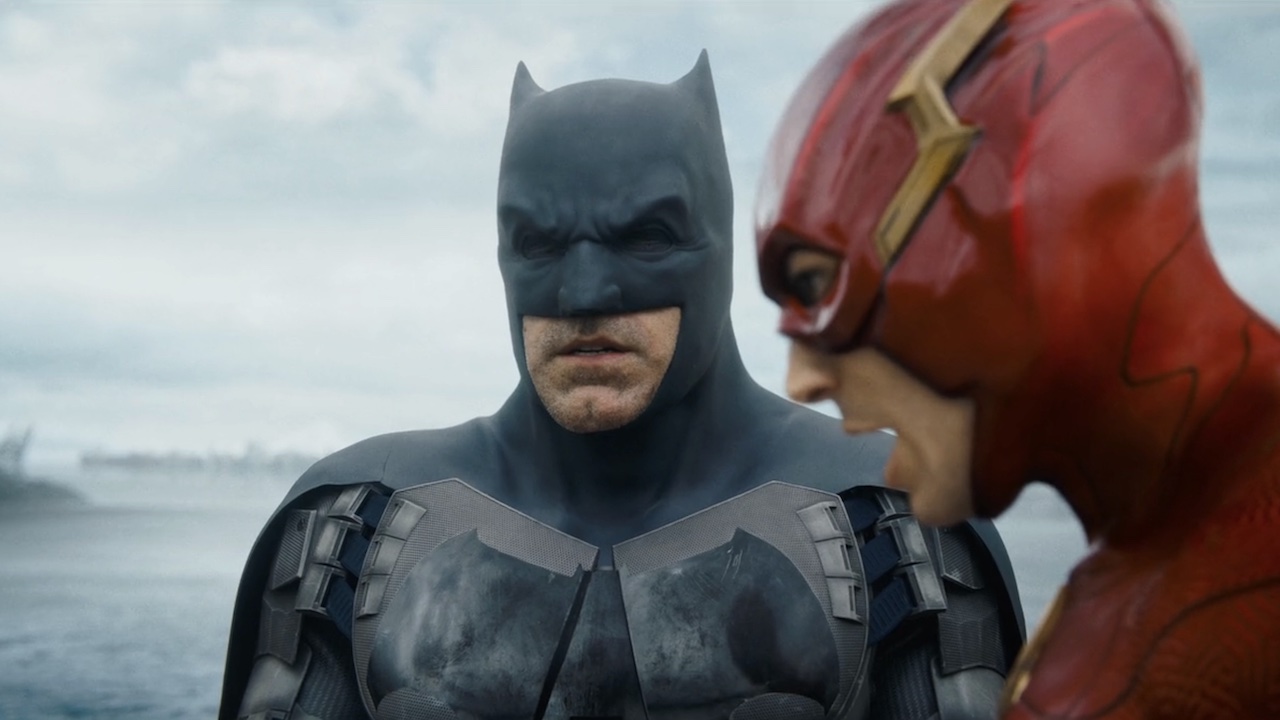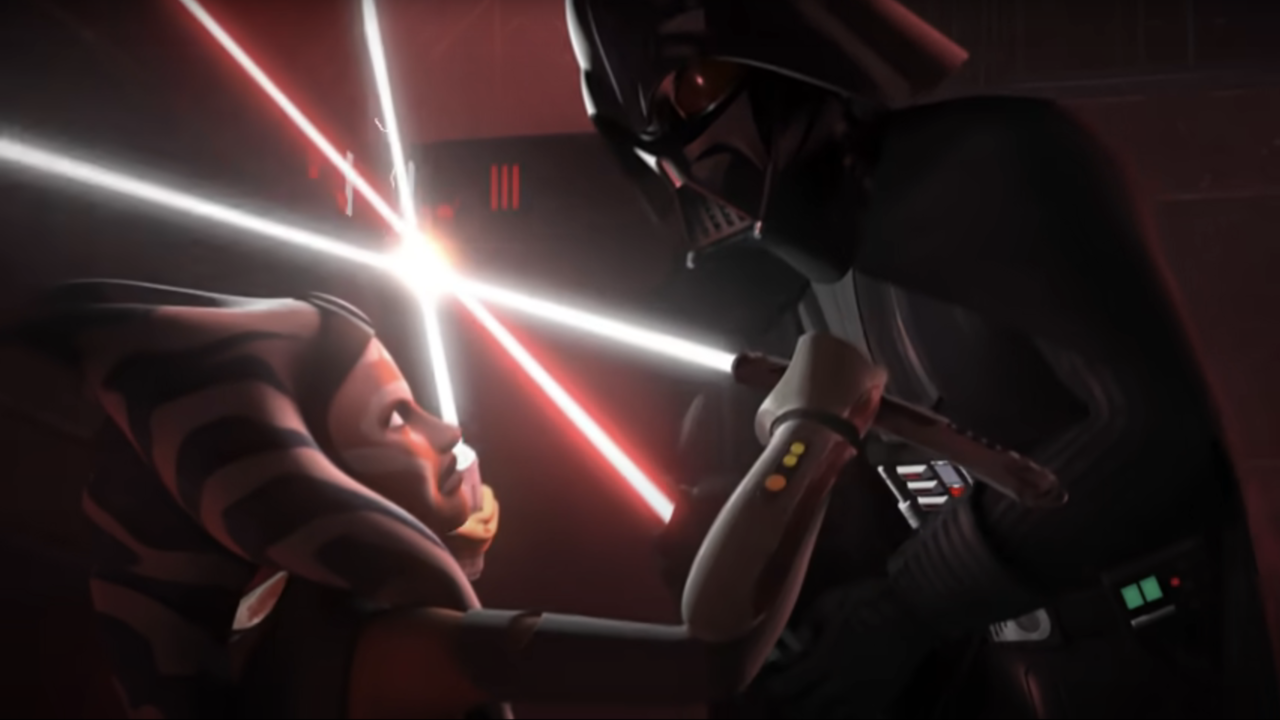To 3D Or Not To 3D: Buy The Right Bumblebee Ticket
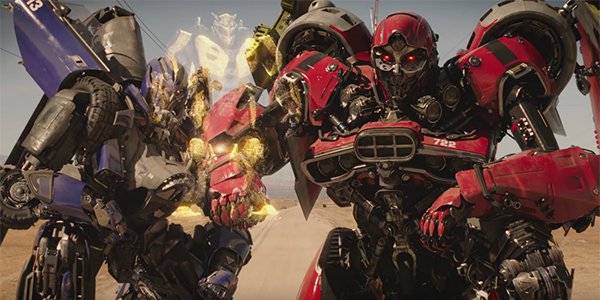
Racing in to a stacked holiday season, the Transformers are back with the first spinoff film in the series, Bumblebee. But this isn't the Transformers you know, at least not on the big screen anyways. Taking the reigns from Michael Bay is director Travis Knight, who moves the franchise back to the decade it began in, the 1980s, for a story of a girl and her car that just happens to be a robot refugee from a war on an alien planet. While Bumblebee is very different from the Transformers movies that have come before it, like them and most modern blockbusters, it is available to see in 3D.
If you want a better idea of Bumblebee's quality as a film, check out CinemaBlend's official review. What follows here is simply an evaluation of how well the movie works in the 3D format. There are a lot of great movies competing for your hard earned dollar at the moment, so is it worth it to see Bumblebee in 3D? Before you roll out to the theater, read on to find out what ticket you should buy.
As you might expect based on the previous films, Bumblebee is an action-packed sci-fi spectacle and exactly the kind of thing you want to see in 3D. Big robots fighting each other and launching missiles is basically made for 3D and the story in Bumblebee allows for some fun moments to take advantage of that, including a first-person view from the Transformers' heads-up display. A 3D presentation isn't the only way to tell this story, and as a live-action film it can't take advantage of 3D quite the way that animation can, but by and large the content on the screen is well suited to the 3D format.
Depending on the scene in Bumblebee you are watching, you can have very different opinions about the use of 3D. The 3D effect is present throughout the film and the image is rarely flat, but in parts of Bumblebee the 3D feels like it was just slapped on. Also, though the effect is there, it could have used a bit more refinement to look better. But in many scenes, especially the action ones and the fun third act, you can tell that a lot of thought and care went in to making the 3D really pop, with great depth that really makes the film come alive and adds to the experience.
Bumblebee actually didn't use the "things popping out at you" effect quite as much as I expected a film under the Transformers brand to do. The instances where it does though are done well. Throughout the film the objects or characters in the foreground are in front of the screen, making it feel like you can reach out and touch them. And seeing a Decepticon aircraft seemingly floating in front of the screen is pretty cool. This effect worked very well with the CGI but on the human characters it occasionally had a bit of a cardboard cutout look to it that detracted from the image.
The depth of the image is one of the characteristics that sets apart modern 3D and the Bumblebee 3D conversion does very well in this area. In outdoor scenes and the scenes on Cybertron especially, the depth of field of excellent and you can really feel like you can go into the image and run through the forest or into the battle. The instances where the background is out of focus are more of a creative choice for the depth of field to be shallow to focus on the characters in the foreground rather than any failure of the technology.
This was the area where I felt the 3D of Bumblebee was the most lacking. Wearing 3D glasses naturally diminishes the brightness of the image to a degree but it was somewhat problematic in certain scenes in the film. Outdoor shots were fine, although they could have used a bit more punch, but some of the indoor scenes and the stuff at night became washed out and lost detail. I felt Bumblebee would have really benefited from a brighter presentation. Now, this can vary wildly based on the theater and the projection you are seeing it in. I saw Bumblebee in RealD 3D, but it was not in a premium format auditorium. So I imagine that this score could be higher depending on where and how you see it.
CINEMABLEND NEWSLETTER
Your Daily Blend of Entertainment News
If you want to know how much 3D a film is using, just take off your glasses in the middle of the film and the image will range from a slightly off 2D, to an unwatchable blurry mess. Bumblebee falls towards the latter end of that spectrum, indicating that the film's 3D engines are pulling high RPMs to deliver that layered, 3D image. Most of the time the image is very blurry, particularly during the best 3D moments when the Transformers are onscreen battling. The only instances where the image looked relatively clear are during close-ups and conversations between the characters.
Some people get queasy from 3D or find that it strains their eyes. But Bumblebee is a smooth experience and an easy watch. The action taking place onscreen was more discernable than the previous Transformers films and despite the fast pace of the image and everything going on, it was still easy to keep track of the action and it never became disorienting or vomit-inducing. The dimness in certain scenes could cause eyestrain for some but it never elevated to that level for me.
Bumblebee is definitely a film that is worth your money as it may change your perceptions of what a Transformers film can and should be. Whether it is worth the extra cost of a 3D ticket is less clear. I would tend to say no because despite the subject matter's natural fit for the format, it doesn't really add a whole lot to the film. If you're a big fan of 3D in general and that's how you like to see blockbusters, go for it. But I think the upcharge for 3D would probably be better spent on seeing Bumblebee in a premium 2D format if that is available to you.
This poll is no longer available.
Be sure to visit our full To 3D Or Not To 3D Archive.
Nick grew up in Maryland has degrees in Film Studies and Communications. His life goal is to walk the earth, meet people and get into adventures. He’s also still looking for The Adventures of Pete and Pete season 3 on DVD if anyone has a lead.

